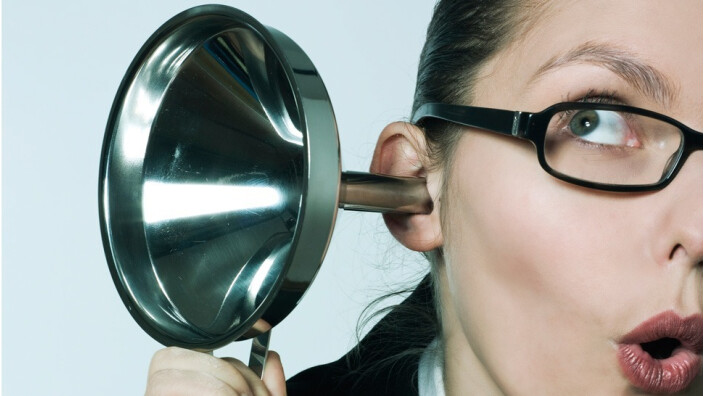Now that we've covered the more or less theoretical aspects regarding the choice of plug-ins you should make, the time has come to tackle the issue in a more practical way. Today's installment is meant to help you learn how to test a plug-in as best as possible. This way it will be easier to decide whether you should include it into your ultra-select list of indispensable mixing tools.

Test drive
To be able to judge the qualities and defects of any processing, you should approach the issue with some sort of scientific rigor.
The principle behind this is very simple: the test environment should be under tight control to limit all unknown parameters to the object of the test. When it comes to mixing, this means you should experiment with only one new processor at a time, within a session you know by heart and with a mix you are already more or less satisfied with. You should try it on one or several tracks, replacing a plug-in you are already using, whenever possible.
This way your prospective new toy will go through a true audition worthy of the name, which will reveal all its virtues and shortcomings within a real context. But be careful! Don’t forget that the human ear has the annoying tendency to prefer anything that sounds louder. Once everything is at the same loudness, your perception might be the complete opposite, so I encourage you to take all necessary precautions to not trick your ears this way.
Now that the methodology is clear, let’s think about what you should focus on when carrying out the test. Apart from the questions we mentioned in the last article, you can take things further asking yourself the following:
- Does it sound better, worse or the same with the plug-in?
- Can you get the desired results faster or easier than usual?
- If you already have a similar plug-in, does the new one provide more or less features? If that’s the case, are these additional features really useful and do not complicate your usual workflow?
- And, finally, is the resource consumption (CPU and RAM) reasonable enough to allow you to use the plug-in whenever needed?
This way of doing things might seem overkill but, trust me, it’s really worth it. The time you spend choosing your working tools is time you’ll save when working on your mixes. In fact, when you’ve chosen the right set of tools your work will never be affected by a lack of confidence on them, allowing you to focus on what really matters: putting together your sonic puzzle just the way you envisioned it.
A couple of remarks before closing this article. First of all, I’m talking only about mixing tools, not “special effects, ” here. In other words, this methodology can be applied to EQs, dynamic processors (compressors, limiters, transient designers, gates, etc.), as well as to reverbs and delays. It’s a bit more complicated with “exotic” effects because they are not easily comparable and the choice between one or the other will boil down to a matter of taste.
Next, bear in mind that this technique is primarily meant to help you decide whether the tool in question can be useful to you or not. On the other hand, the method to get to know your tools like the back of your hand is significantly different. That’s something we’ll discuss in a future article, but not the next one, because we still have one thing left to solve before you can finally have your toolbox ready to go…



